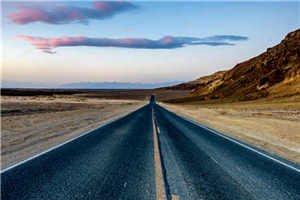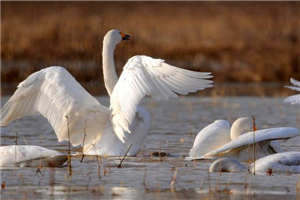地形的英文是什么_地形的英文怎么说...
|
Landforms are the physical features of the earth's surface that can be seen and studied. They are the result of various geological processes such as erosion, weathering, and tectonic movements. These landforms provide us with a unique insight into the history and evolution of our planet. In this article, we will explore some of the most common types of landforms found on earth.
Mountains are large landforms that rise above the surrounding landscape. They are formed by tectonic movements that push the earth's crust upwards. Mountains can be found all over the world, and they come in many different shapes and sizes. Some of the highest mountains in the world include Mount Everest, K2, and Kangchenjunga. PlateausPlateaus are flat, elevated landforms that are higher than the surrounding areas. They are formed by the uplift of the earth's crust or by the erosion of softer rock layers. Plateaus can be found on every continent, and they are often used for agriculture or grazing. The Tibetan Plateau is one of the largest plateaus in the world, covering an area of over 2.5 million square kilometers. ValleysValleys are low-lying areas between mountains or hills. They are formed by erosion caused by water or ice. Valleys can be narrow or wide, and they often have rivers or streams running through them. The Grand Canyon in Arizona is one of the most famous valleys in the world, with walls that are over a mile high. 您可能还想了解: 安于盘石大全|安于盘石详解 | toxic是什么意思|toxic代表什么意思 DesertsDeserts are dry, barren areas that receive very little rainfall. They cover about one-third of the earth's surface and are found in every continent. Deserts are formed by a combination of factors such as high pressure, low humidity, and lack of vegetation. The Sahara Desert in Africa is the largest desert in the world, covering an area of over 9 million square kilometers. IslandsIslands are landforms that are surrounded by water. They can be formed by volcanic activity or by the rise and fall of sea levels. Islands can be found in oceans, seas, lakes, and rivers. Some of the largest islands in the world include Greenland, New Guinea, and Borneo. OceansOceans are vast bodies of saltwater that cover more than 70% of the earth's surface. They are formed by the movement of tectonic plates and the melting of glaciers. Oceans are home to a wide variety of marine life, including whales, dolphins, and sharks. The Pacific Ocean is the largest ocean in the world, covering an area of over 63 million square miles. RiversRivers are large bodies of water that flow from higher to lower elevations. They are formed by the melting of glaciers, rainfall, and the flow of underground springs. Rivers are important sources of water for agriculture, industry, and human consumption. The Amazon River in South America is the largest river in the world, with a length of over 4,000 miles. CavesCaves are underground chambers that are formed by the erosion of limestone or other soluble rocks. They can be found all over the world and are often used for scientific research or tourism. Caves can be home to unique ecosystems, including bats, spiders, and blind fish. The Mammoth Cave in Kentucky is the longest cave system in the world, with over 400 miles of explored passages. ConclusionLandforms are an essential part of our planet's geography and history. From the highest mountains to the deepest oceans, they provide us with a unique perspective on the earth's evolution. Understanding these landforms is crucial for many fields, including geology, geography, and environmental science. |









